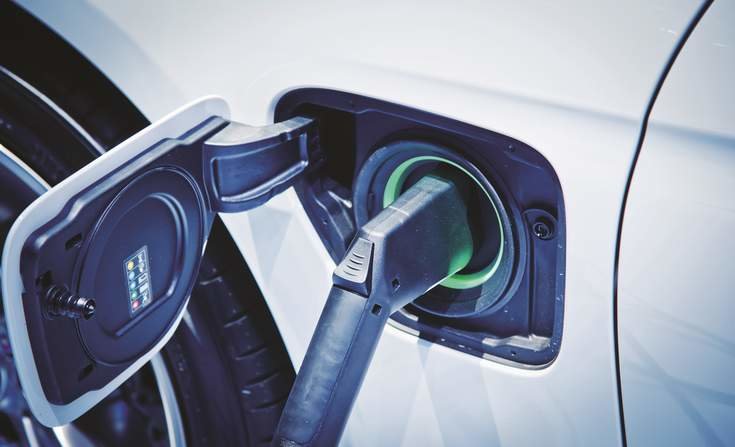
Shell is spending between $1 billion and $2 billion annually on its New Energies division, which includes investments in electricity, clean energy, electric vehicle charging and alternative fuels.
At the company's event last week I sat down the vice president of New Energies, Brian Davis, who told me that $2 billion is a "material and important" amount of money but also "manageable and affordable," compared to Shell's overall capital spending.
Shell plans to spend $30 billion a year in capital investments, and much of that is earmarked for fossil fuel-related projects. If Shell spends at the high end of its guidance on New Energies, it's about 6 percent to 7 percent of the company's overall spending budget.
Instead of arguing about whether Shell should spend more on cleaner energy and fuels (most reading this column no doubt will think they should), let's consider what it's trying to do. Shell is building out an electric vehicle charging business through acquisitions, it's investing in clean energy projects such as wind and solar, it's building out a power business that could have more stable returns than some other nascent projects and it's exploring alternative fuels such as biofuels and hydrogen.
Providing "the fuel" for a future of EVs is one of the more interesting of Shell's new energy goals. Davis told me that Shell would "like to have a solution that makes it easy for you to charge wherever you want to charge, through having a card or some way of offering some convenient and easy way of charging when you want to." Wouldn't it be nice to head to your local Shell station and have an EV charger waiting for you?
But the electric vehicle infrastructure industry is also in a bit of a conundrum right now. Everyone agrees that many more chargers need to be built out to meet EV demand, but there's not a really compelling business model out there for EV charging.
Since it's early days, companies and individuals who charge vehicles often get hit with high demand charges from utilities. At the same time, infrastructure providers are waiting for the number of EVs on the roads to pick up before investing more heavily.
Perhaps Shell's best strategy is to let that whole market sort itself out, then swoop in and continue to buy up the dominant company/companies that survive. Or buy them just before they run out of money. Having the go-to stations to charge global EVs would be both on-brand and on the carbon budget.